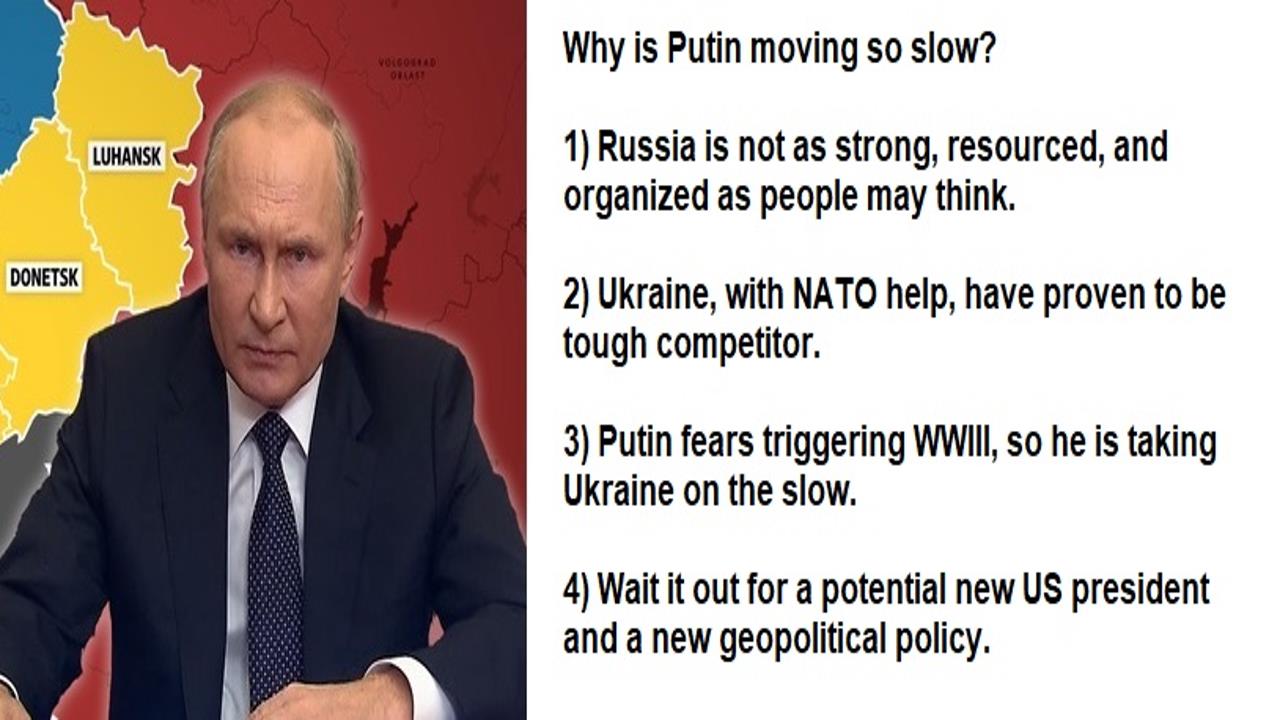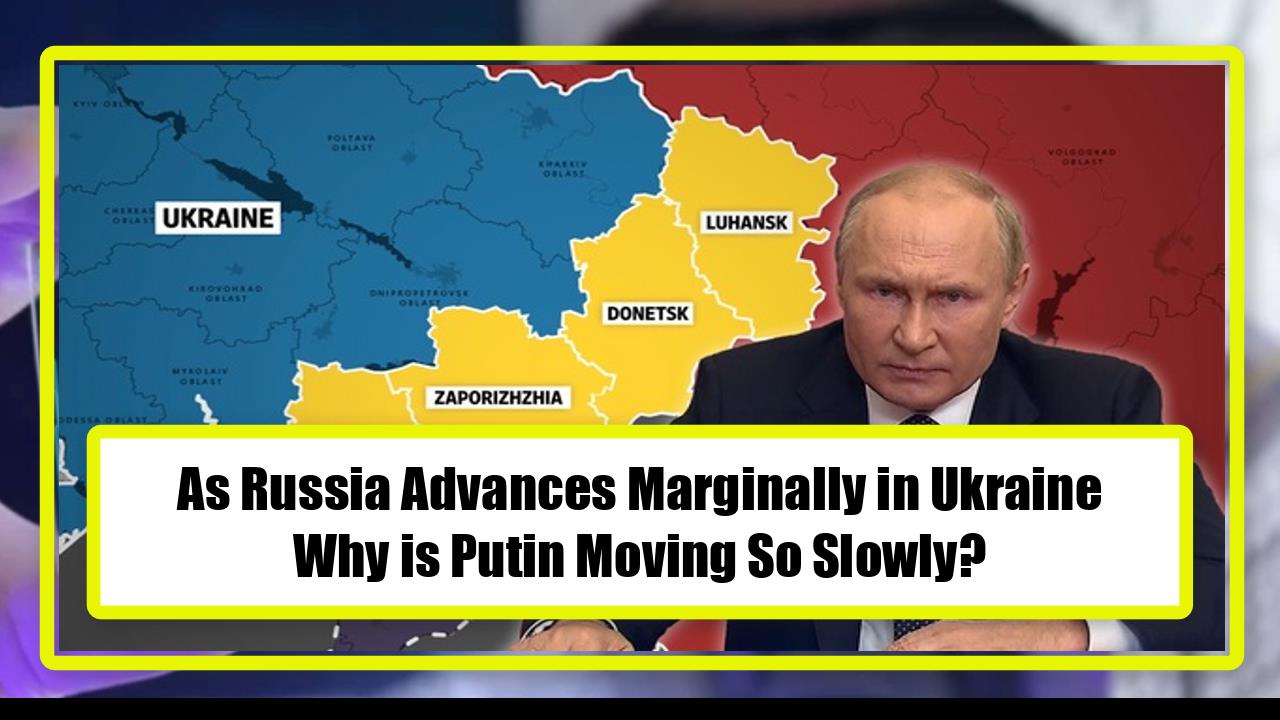Video:
Take our online poll:
AI Analysis:
Military strategy involves a complex interplay of various ratios and key points when considering the application of defense or offense on the tactical battlefield. Here are some essential ratios and considerations:
Force Ratio: This ratio compares the strength of one force to another. It involves assessing the number of troops, equipment, and resources available to both sides. A favorable force ratio can provide an advantage in either offense or defense, depending on the situation.
Firepower Ratio: Firepower refers to the amount of destructive capability a force can bring to bear on the enemy. This includes artillery, air support, and other weapons systems. A higher firepower ratio can tilt the balance in favor of the side with superior firepower, influencing the decision to adopt offensive or defensive tactics.
Mobility Ratio: Mobility is the ability of a force to maneuver and reposition quickly on the battlefield. A higher mobility ratio allows for greater flexibility in offensive operations, enabling forces to exploit enemy weaknesses and achieve breakthroughs. In contrast, a defensive strategy may prioritize static positions and fortifications over mobility.
Terrain Ratio: Terrain plays a crucial role in determining the effectiveness of both offensive and defensive operations. Factors such as elevation, cover, and obstacles can impact the maneuverability and vulnerability of forces. Assessing the terrain ratio involves analyzing how the geographical features of the battlefield favor or hinder each side's objectives.
Logistical Ratio: Logistics refers to the ability to sustain military operations by supplying troops with food, fuel, ammunition, and other essentials. A favorable logistical ratio ensures that a force can maintain its offensive momentum or withstand a prolonged defensive engagement. Logistical considerations influence decisions regarding the duration and intensity of military operations.
Morale and Willpower: Morale and willpower are intangible factors that can significantly affect the outcome of military engagements. A force with high morale and unwavering determination may overcome numerical or logistical disadvantages to achieve victory. Conversely, a demoralized or dispirited force may falter even with superior resources at its disposal.
Risk and Opportunity: Military strategy involves weighing risks and opportunities to determine the most advantageous course of action. Offensive operations carry the risk of exposing troops to enemy fire and counterattacks, but they also offer the opportunity to seize and exploit enemy territory. Defensive operations may reduce exposure to enemy threats but can also result in attrition and loss of initiative.
Overall, effective military strategy requires a comprehensive analysis of these ratios and key points to formulate tactics and objectives that maximize the likelihood of success while minimizing risks and vulnerabilities on the tactical battlefield.
Chart:

References:


Comments